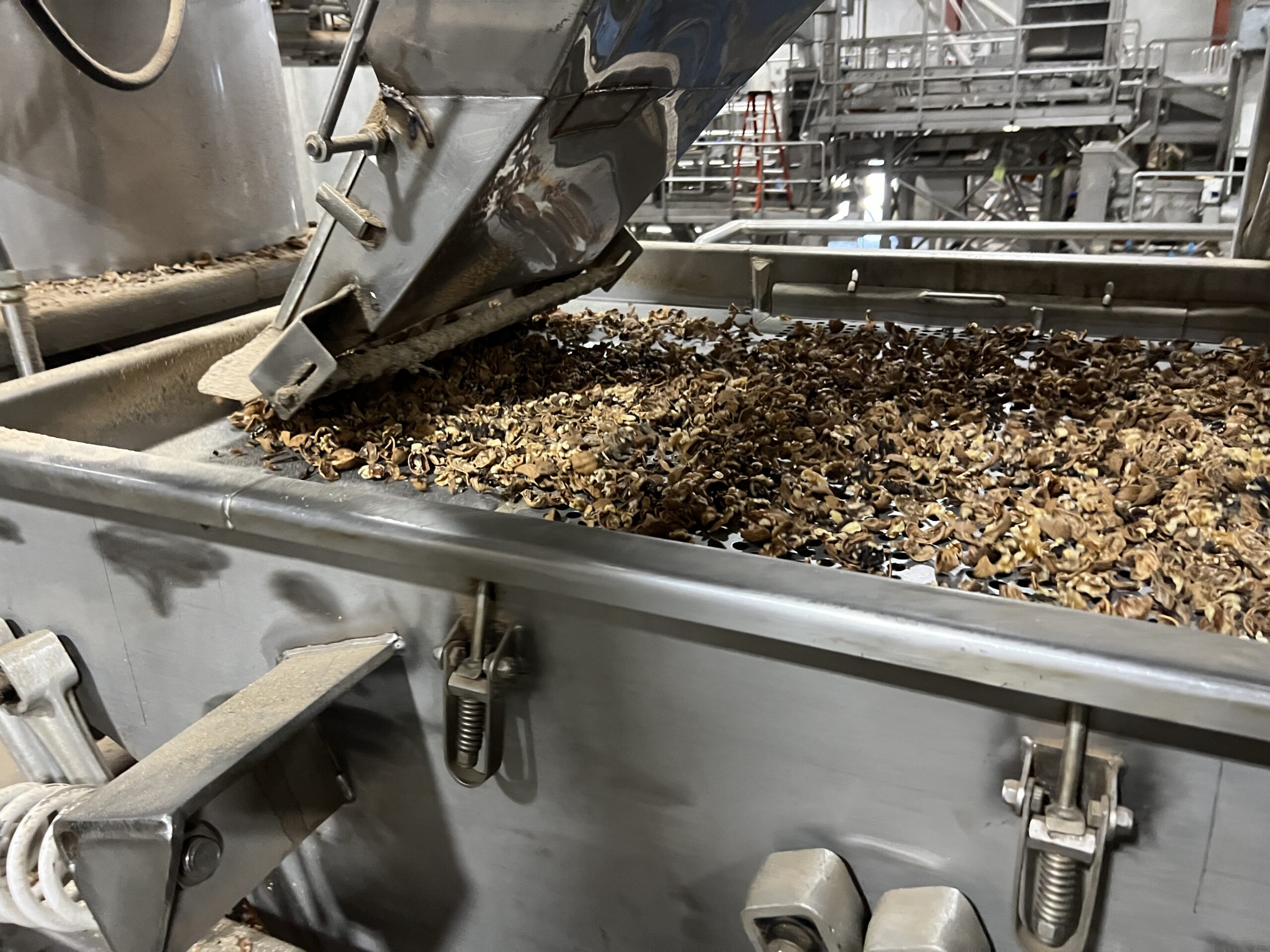 Some folks get their equipment appraisal reports and flip straight to the value amounts. And that’s fine — it’s the final opinion of value, after all, that’s needed for most equipment appraisal purposes — but that value amount doesn’t confirm whether or not you’ve gotten a useful and qualified report: a report that not only provides the information you asked for, but will also stand up in court, in a financial audit situation, or with the IRS.
Some folks get their equipment appraisal reports and flip straight to the value amounts. And that’s fine — it’s the final opinion of value, after all, that’s needed for most equipment appraisal purposes — but that value amount doesn’t confirm whether or not you’ve gotten a useful and qualified report: a report that not only provides the information you asked for, but will also stand up in court, in a financial audit situation, or with the IRS.
So take some time to look through every page when you receive your draft report. And if your equipment appraiser doesn’t offer to send a draft report for your review, don’t hesitate to request one. After all, it’s your report.
When reviewing an equipment appraisal report, remember that it’s often easier to catch misunderstandings or confusion at a draft stage than after the final report has been submitted. Read the report thoroughly to ensure that the report, especially the the definition of value, is clear and comprehensive, and that all the whys and wherefores are as expected.
What are you looking for as you review a draft report? Start with whether you can understand the report or not. Is there a table of contents? Are the sentences and paragraphs constructed with grammatical and structural integrity? Are terms with which the average reader might not be familiar explained in a clear and concise way? Are headings (& sub-headings if needed) used to guide the reader to important points and concepts in the report?
As you read through the report, pay special attention to these critical areas:
Statement of Purpose: Look for a clear Intended Use and a specific Intended User consistent with the use of the appraisal. Does the report address the issues associated with the equipment appraisal? Can you tell from reading the report what the valuation is to be used for and who will be using it for that purpose?
Effective Date: Be sure that the report specifies the effective date of the valuation, consistent with your use; this might also be phrased as the “as of” Appraisal Date. This is generally the inspection date, but in other cases might be a date of death or separation; in some cases, the “as of” date is set in the future! Whatever the effective date of the equipment valuation is, be sure that it is the date you expect and is appropriate to the reason for the appraisal.
Definitions of Value: Premise of Value and Level of Trade is something we’ve talked about a lot in our blogs. Machinery and equipment appraisers generally choose from four major levels of trade with various subsections within each; these levels are Liquidation, Sale for Removal, Continued Use, and, of course, the catch-all category “Other.” Once we determine and confirm which of these values will be used in an appraisal, the Uniform Standards of Professional Appraisal Practice (USPAP) requires that the report “identify the type and definition of value.”
Be sure that your equipment appraisal report clearly identifies which premise of value the opinion of value reflects, includes a definition for that value, and cites an authoritative source for that definition of value, such as the ASA MTS Committee. Naturally, you will want to ensure that the type of value being used is consistent with the use of the equipment valuation.
Methodology: Under USPAP, all three recognized valuation methodologies must be considered. These three approaches to value are the sales comparison approach, cost approach, and income approach. An appraisal report must explicitly state which approach was used to arrive at the final opinion of value and provide an explanation of that approach.
As you review the valuation methodology used, ask yourself these questions:
- Does the explanation of which methodology (or combination of methodologies) used make sense for your equipment appraisals use?
- Do the research sources used in the approach seem appropriate?
- Do you understand how the appraiser arrived at the final opinion of value?
Keep in mind that for most equipment valuations, sales comparison approach is the most reliable and is generally used is when there is an ample market for the subject assets. Cost approach is also used a lot for valuing custom and unique equipment for which there is no ready market. Income approach is almost never used because an equipment appraiser generally can’t directly tie income stream to one piece of equipment. The exception to this would be a lease item such as an aircraft that has a dedicated income stream.
Subject Assets: Every equipment appraisal report should include description of the subject assets (make, model, serial number, hours/miles, etc.) and their condition. Much of this might be contained within an Asset List, included as part of actual report. Photos of the equipment are generally included, as appropriate, and a statement regarding whether the appraiser inspected the equipment or not. If not all the equipment was inspected, mention should be made of what was and was not inspected, with some discussion of the whys and wherefores. Occasionally, a user of the appraisal may want some pieces of equipment or their function described in more detail; the draft report is a good time to ask your equipment appraiser to add this information to the final report if needed.
Discussion of Specific Market Considerations: Not all equipment appraisals will be concerned with specific market considerations, so this may not be included in your equipment appraisal report. When might these issues need to be addressed? Construction equipment values fluctuated greatly during the recent economic downturn and we addressed that issue in appraisals of construction equipment; used restaurant equipment values dropped with an influx of new made-in-China stainless steel equipment, and we included information on that in restaurant equipment appraisals. When appraising heavy diesel equipment, particularly over-the-road trucks, we reference California Air Resource regulations. If equipment is customized for a niche market, that would probably deserve some discussion as well.
Limiting Conditions: These are limitations pertaining to the report and how the report was prepared. Standard limiting conditions may include that the equipment appraiser did not operate any of the equipment or see it running, that the appraiser relied on information provided by reputably reliable sources (such as an equipment owner or dealer), and that value conclusions are based on current market conditions. Some appraisers submit these in a discrete section; we include general limiting conditions in our General Services Agreement. As needed, we list out any specific limiting conditions in a section of the report with Extraordinary Assumptions.
Other items, while less involved, are just as critical to a USPAP equipment appraisal report. Be sure your report includes:
- Statement of Appraiser Disinterest
- Appraiser’s Qualifications and Professional Affiliations
- Appraiser’s Signature on the Certification Page
I understand that reviewing an equipment appraisal report may not sound like the most fun you’ll have on a Thursday afternoon in the office, but you can bet that taking the time to make sure you have the appraisal you expect, suitable and supportive of your appraisal needs, will make the rest of the process — whether a buy/sell situation, a collateral loan application, a bankruptcy hearing, or an estate process — move ahead more efficiently. You owe it to yourself to look at the whole valuation package. As we remind our equipment appraisal clients in the introduction to our reports:
The body of this summary appraisal report is an integral part of the appraisal and includes an explanation of the valuation approach and the various support data gathered in the investigation.
That’s the real bottom line.
Jack Young, ASA, CPA
NorCal Valuation Inc.




